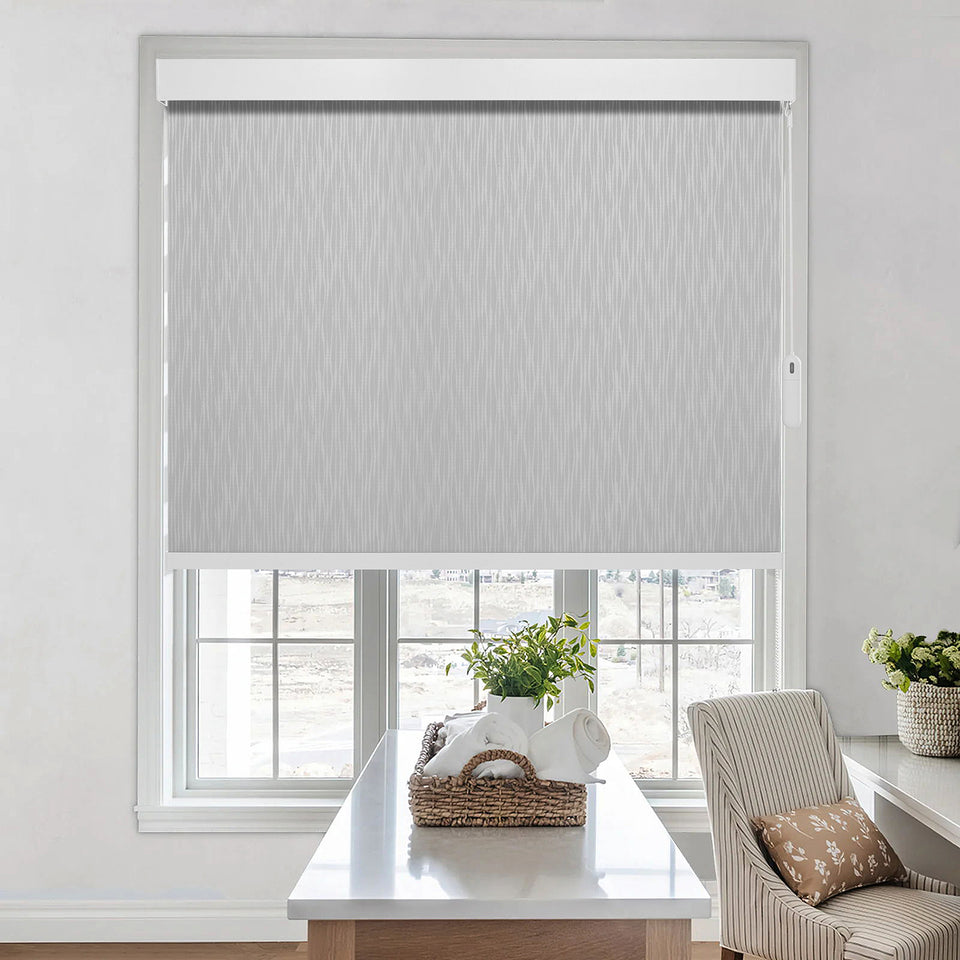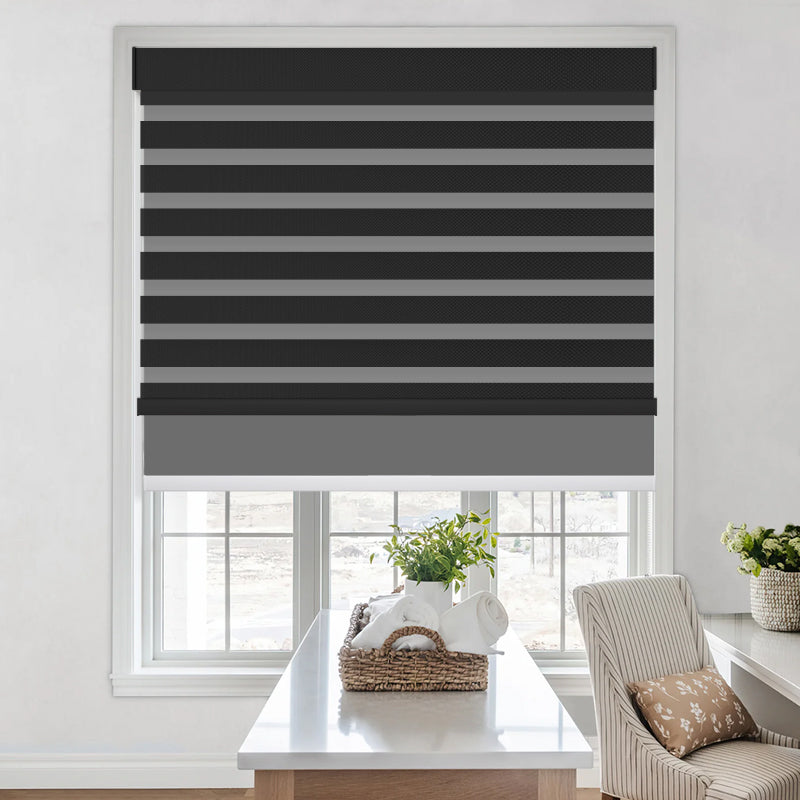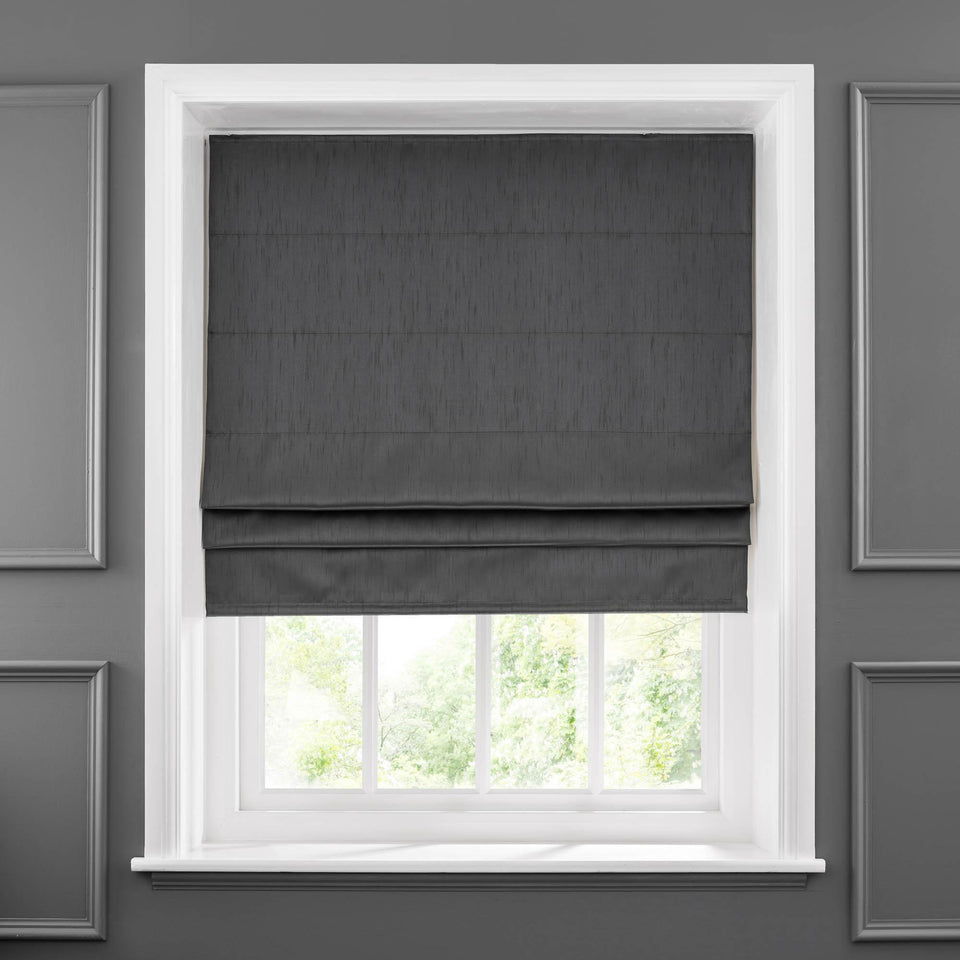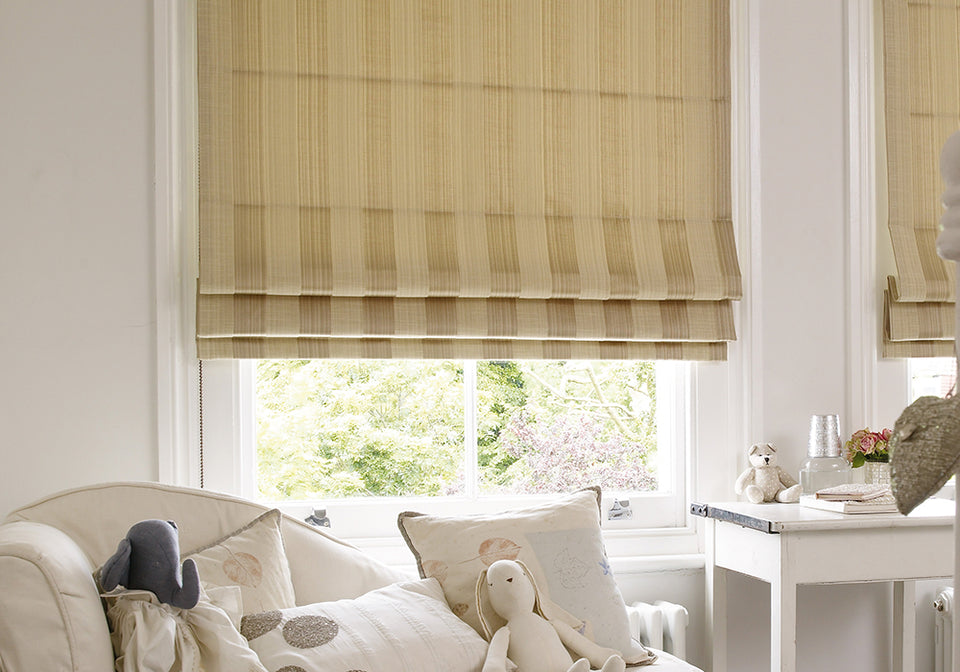How to Remove Vinyl Flooring: A Step-by-Step Guide
Vinyl flooring is an affordable and versatile option that suits many homes. However, as time passes, wear and tear can make even the most durable vinyl flooring look outdated. If you're planning to upgrade your flooring, removing the old vinyl is a necessary first step. While it may sound like a daunting task, removing vinyl flooring is a manageable DIY project with the right tools, safety precautions, and guidance. This comprehensive guide will walk you through the process, ensuring a smooth and efficient removal experience.
Why Remove Vinyl Flooring?
In many cases, new flooring can be installed over old vinyl, but there are times when removal is essential. Here’s why you might want to remove vinyl flooring:
- Height Considerations: Adding new flooring on top of old vinyl can raise the height, leading to issues with doors and baseboards.
- Structural Concerns: If the vinyl is damaged, uneven, or glued down improperly, it can affect the stability of the new flooring.
- Subfloor Preparation: For some flooring types, a clean and smooth subfloor is necessary to ensure proper installation.
Safety First: Precautions Before You Start
Check for Asbestos
Vinyl flooring installed before 1980 may contain asbestos, a hazardous material that requires professional removal. If your flooring is from this era, hire a licensed asbestos abatement contractor to test and safely remove it.
Gather Safety Gear
Removing vinyl flooring involves using sharp tools and heat, so prioritize safety. Wear:
- Work gloves
- Protective eyewear
- Long-sleeved clothing
- A dust mask, especially when dealing with adhesive removal.
Tools and Materials You'll Need
- Utility knife
- Flat pry bar
- Rubber mallet or hammer
- 5-in-1 scraper tool
- Heat gun
- Wood block
- Soapy water
- Wet/dry vacuum or broom
Optional:
- Adhesive remover (if needed for stubborn glue)
Step-by-Step Guide to Removing Vinyl Flooring
Step 1: Clear the Room
Before beginning, remove all furniture and objects from the room. Clearing the area ensures you have ample space to work and reduces the risk of accidents.
Step 2: Remove Quarter-Round and Baseboard Trim
Trim and baseboards often cover the edges of vinyl flooring and need to be removed for full access. Here's how:
- Place a wood block against the wall a few inches above the trim.
- Use a pry bar to gently wedge between the trim and the wall.
- Tap the pry bar lightly with a mallet to loosen the trim.
- Pry away the trim slowly, working along the wall.
Pro Tip: If you plan to reuse the trim, label each piece to ensure easy reinstallation.
Step 3: Assess the Flooring Installation
Most vinyl flooring is either perimeter-installed (only the edges are glued) or fully glued down. Knowing the installation method will help you determine how much effort is needed to remove it.
- Perimeter-Installed Flooring: The center is usually not glued, making removal easier.
- Fully Glued Flooring: This requires more scraping and possibly a heat gun to loosen the adhesive.
Step 4: Cut the Vinyl Flooring into Strips
Cutting the vinyl into manageable strips makes the process easier:
- Use a utility knife to cut a strip down the middle of the room.
- Move about 12 inches to either side and cut parallel strips no wider than 18 inches.
- Roll each strip as you go, creating compact sections for easier handling.
Step 5: Remove the Vinyl Flooring
- For Perimeter-Installed Flooring: Begin peeling back the vinyl from the edges. Use a flat pry bar to lift sections glued down around the perimeter.
- For Fully Glued Flooring: Start with a pry bar or scraper to loosen the vinyl. For stubborn adhesive, use a heat gun to soften the glue, making it easier to peel the vinyl away.
Pro Tip: Avoid pulling large sections at once, as the weight of the vinyl can make handling difficult. Work in strips to maintain control.
Step 6: Tackle Adhesive Removal
Adhesive residue on the subfloor is common and must be removed before installing new flooring. Here’s how to deal with it:
- Use warm, soapy water to soak the adhesive, then scrape it off with a scraper.
- For tough spots, use a heat gun to soften the glue, then scrape it away.
- If necessary, apply a commercial adhesive remover, following the manufacturer’s instructions.
Pro Tip: Always ventilate the room when using chemical adhesive removers to avoid inhaling fumes.
Step 7: Clean the Subfloor
Once all the vinyl and adhesive are removed:
- Sweep or vacuum the area to remove debris.
- Wipe the subfloor with a damp cloth to ensure it’s smooth and ready for the new flooring.
Removing Vinyl from Concrete Subfloors
Removing vinyl flooring from concrete can be more challenging due to the strong adhesive bond. Follow these steps:
- Use a scraper or pry bar to chip away at the glue.
- Heat the adhesive with a heat gun or use a commercial adhesive stripper.
- Scrape off the softened glue and clean the surface thoroughly.
Disposing of Old Vinyl Flooring
Most vinyl flooring cannot be recycled due to its material composition. Check your local regulations for proper disposal methods. In some cases, you may need to take the old flooring to a construction waste facility.
FAQs About Vinyl Flooring Removal
1. How long does it take to remove vinyl flooring?
The time depends on the room size and the type of installation. On average, it takes 2 to 4 hours for an average-sized room.
2. Can I install new flooring over old vinyl?
Yes, as long as the vinyl is in good condition and flat. However, this can raise the floor height, which may cause issues with doors and trim.
3. Is professional help necessary?
Professional assistance is recommended if your vinyl flooring contains asbestos or if the adhesive is exceptionally stubborn.
Final Thoughts
Removing vinyl flooring is a rewarding DIY project that can save you money on professional labor costs. By following the steps outlined above and using the right tools, you’ll be able to remove your old vinyl flooring and prepare your space for a fresh new look. Ready to get started? Browse Longtermhouse.com for a wide range of flooring options to transform your home today!














